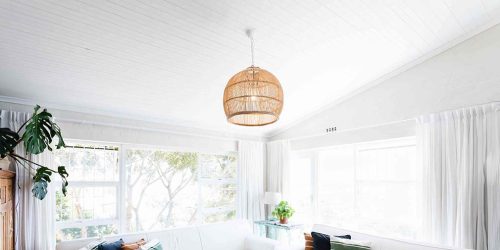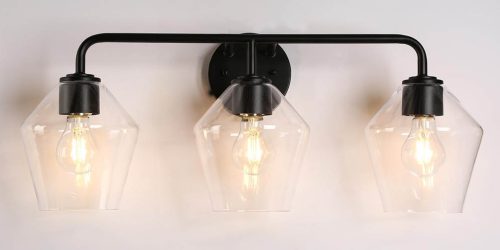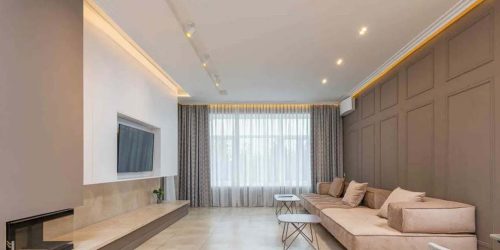Lighting Tips for Every Room: Creating a Comfortable Home Atmosphere
Lighting is often considered the unsung hero of interior design. While furniture, color palettes, and decorative accessories get most of the attention, lighting plays a crucial role in setting the mood, enhancing functionality, and bringing a space to life. Whether you’re designing a new home or refreshing your current one, understanding how to pair lighting with each room’s purpose is key to creating a cozy and harmonious environment.
1. Living Room: Layer for Versatility and Warmth
The living room is often the heart of the home—a space for relaxing, entertaining, reading, or watching TV. This multifunctionality calls for layered lighting that can be adjusted depending on the activity and mood.
Tips:
- Ambient lighting: Start with a central fixture like a ceiling-mounted pendant or chandelier to provide overall illumination. Choose a warm-toned LED bulb to create a welcoming atmosphere.
- Task lighting: Add adjustable floor lamps or table lamps near seating areas for reading or hobbies.
- Accent lighting: Use wall sconces or LED strips to highlight art, bookshelves, or architectural features. This adds depth and character to the room.
- Dimmers: Install dimmer switches so you can easily shift from bright to soft lighting depending on the occasion.
Bonus Tip: Choose light fixtures that complement your décor style—sleek metallics for modern spaces, or warm wood tones for a cozy, rustic vibe.
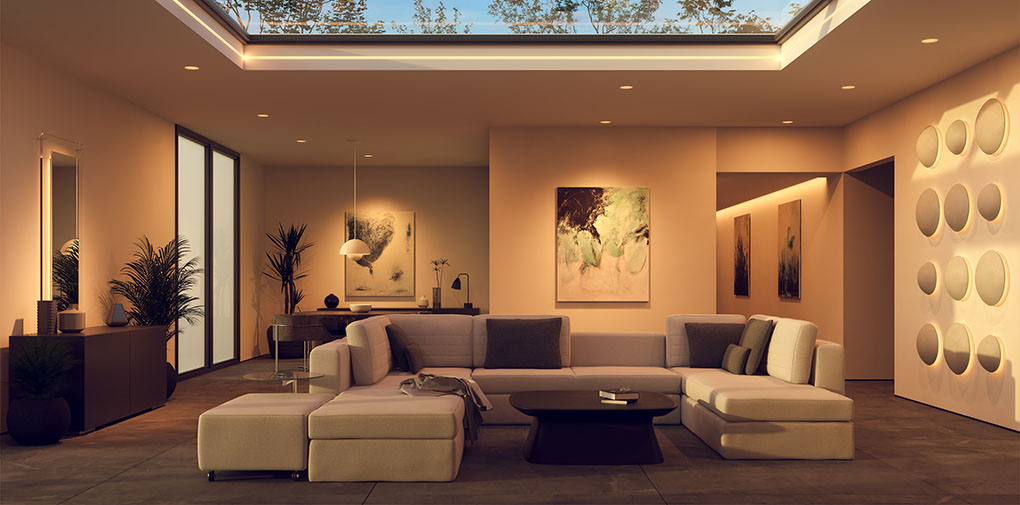
2. Kitchen: Bright and Functional
The kitchen is a high-activity area where safety and functionality are top priorities. Good kitchen lighting should eliminate shadows while also enhancing aesthetics.
Tips:
- Ceiling lighting: Use bright overhead lighting, such as recessed lights or a flush-mount fixture, to provide general illumination.
- Under-cabinet lights: These are essential for food prep areas and can also double as subtle night lighting.
- Pendant lights: Hang pendants above islands or breakfast bars to add both style and function.
- Cooler light temperature: Use cooler white bulbs (4000–5000K) to improve visibility and create a clean, vibrant environment.
Pro Tip: Try motion-activated LED strips inside cabinets or drawers for an added layer of convenience and luxury.
3. Dining Room: Set the Scene for Gatherings
Dining rooms are all about ambiance. You want to encourage conversation and create an inviting environment that makes every meal feel special.
Tips:
- Statement chandelier or pendant: A beautiful fixture over the dining table serves as both functional and decorative lighting.
- Adjustable brightness: Use dimmers to tailor the lighting to different occasions—from everyday meals to dinner parties.
- Wall sconces or buffet lamps: These add a soft glow and balance the room’s lighting without overwhelming it.
Design Note: Ensure the chandelier is hung at the right height—about 30 to 36 inches above the table for an 8-foot ceiling, adjusting upward for higher ceilings.
4. Bedroom: Relaxation and Soft Illumination
A bedroom should be a tranquil retreat, and your lighting choices should reflect that. The goal is to create a serene atmosphere while still providing sufficient lighting for tasks like reading or dressing.
Tips:
- Warm ambient lighting: Choose soft, warm lights to create a cozy environment. Avoid harsh overhead lighting.
- Bedside lamps: Opt for adjustable table lamps or wall-mounted sconces for bedtime reading. If you share the bed, individual lamps allow each person to control their own light.
- Accent lighting: Add LED strips behind headboards or under beds for a luxurious touch.
- Closet lighting: Use motion-sensor lights in wardrobes for practicality.
Extra Comfort Tip: Consider smart bulbs that allow you to change the color temperature and brightness using your phone or voice assistant.
5. Bathroom: Clarity Meets Calm
Bathrooms require a balance of bright lighting for tasks and soothing lighting for relaxation, especially if you love a good soak in the tub.
Tips:
- Ceiling light or recessed lights: Provide overall brightness for the space.
- Vanity lights: Place lighting on either side of the mirror (rather than above) to eliminate unflattering shadows on your face.
- Dimmer switch: Create a spa-like feel with dimmable lighting for those moments when you want to unwind.
- Bulb choice: Opt for bulbs with high CRI (Color Rendering Index) to better reflect skin tones and colors, especially useful when applying makeup.
Style Tip: Brass or matte black fixtures can elevate the design and tie into your overall bathroom style.
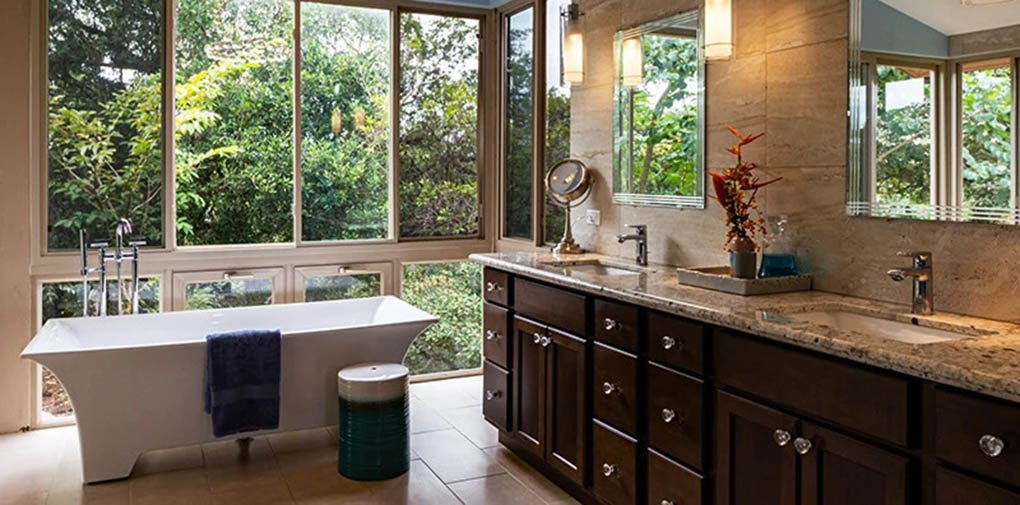
6. Home Office: Focus and Productivity
Good lighting in a home office can reduce eye strain and boost productivity. Natural light is ideal, but strategic artificial lighting makes a big difference.
Tips:
- Desk lamp with adjustable arm: A focused task light is essential for reading, writing, and computer work.
- Overhead lighting: Keep it neutral and bright without being too harsh. Avoid direct light on your computer screen to reduce glare.
- Natural light: Position your desk near a window if possible, but use blinds to control brightness and avoid reflections.
Pro Design Tip: A mix of task and ambient lighting helps keep your mind alert during work hours and more relaxed after hours.
7. Hallways and Entryways: Safety and First Impressions
These transitional spaces are often overlooked but can benefit from thoughtful lighting that enhances flow and safety.
Tips:
- Wall sconces or flush mounts: Provide sufficient ambient lighting while adding to the aesthetic appeal.
- Motion sensor lights: Ideal for hallways to save energy and add convenience.
- Accent lighting: Illuminate artwork, photos, or architectural details to make the space more inviting.
Design Tip: Use consistent color temperature across fixtures in these areas to maintain visual harmony as you move through the home.
8. Children’s Rooms: Safety Meets Imagination
Lighting in kids’ rooms should be fun, functional, and flexible enough to evolve as your child grows.
Tips:
- General lighting: Use ceiling-mounted fixtures or flush-mounts with soft white bulbs.
- Night lights: Add plug-in night lights for comfort and easy nighttime navigation.
- Task lighting: A desk lamp is essential for school-aged children.
- Whimsical fixtures: Explore creative options like cloud- or animal-shaped lights that double as décor.
Growth Tip: Install dimmable lights or smart bulbs so the lighting can be easily adjusted as your child’s needs change.
Good lighting isn’t just about visibility—it’s about shaping the atmosphere of your home, enhancing your daily routines, and making each space feel just right. By understanding the unique needs of each room, you can choose the right lighting fixtures, placements, and bulbs to turn your house into a beautifully lit sanctuary.
Pro tip: Don’t be afraid to mix materials and styles—brass, glass, wood, and fabric shades can all coexist harmoniously when tied together by a cohesive color palette or theme.
Lighting may be one of the last things you consider when designing a room, but it has the power to transform your space completely. So the next time you refresh a room, start with the switch—literally.

